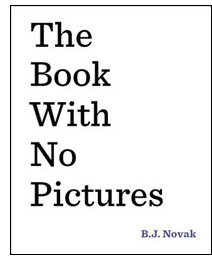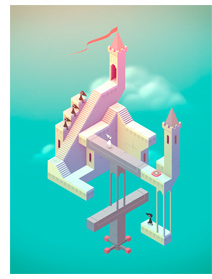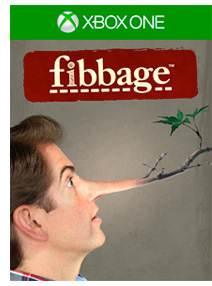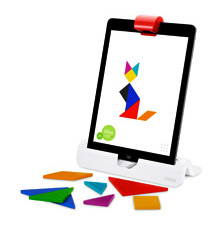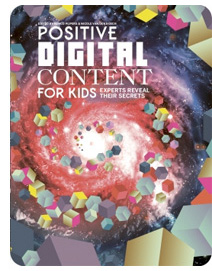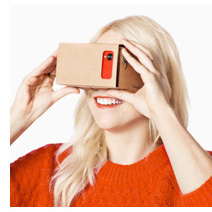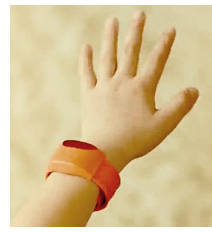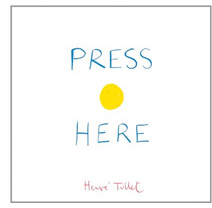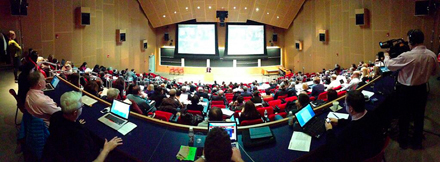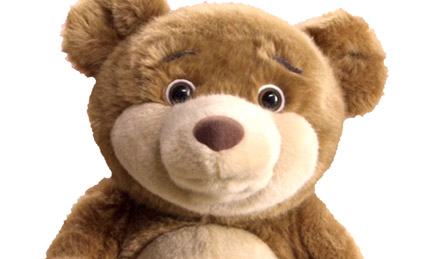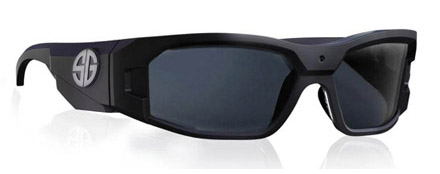Wednesday, January 14th, 2015
The following is an article I wrote for the January 8, 2015 issue of the iKids weekly online magazine.
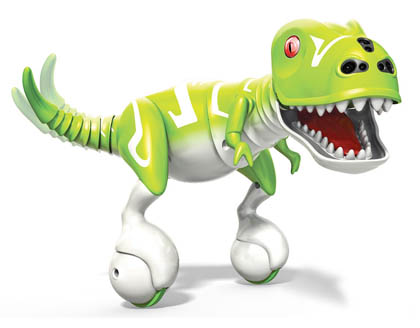
In early 2014, I wrote an article about the hottest tech trends found at the annual International Toy Fair in New York, an industry Mecca for the biggest toy announcements of the year. At that time, I recorded 50 videos of some of the largest toy presentations. Most of the videos I captured featured technology toys, remote-control robots and tablet-based playthings, though a few action figure-centric videos were captured here and there due to the strength of their IPs.
Looking back on the year in kidtech products, I wondered what I could learn by going through my YouTube collection of toy videos and checking out which clips garnered the most views for the month leading up to the Christmas holiday. Here for your consideration are my Top 10 YouTube toy videos, based on number of views in December 2014.
| Company | Product | Views |
|---|---|---|
| Hasbro | Furreal Friends – Get Up and Go Go & Pom Pom My Baby Panda | 11, 971 |
| Mattel | Hot Wheels Super Loop | 3, 413 |
| Spin Master | DigiBirds | 3, 244 |
| Tomy | Pokémon Battle Arena | 2, 408 |
| Spin Master | Zoomer Dino | 745 |
| Jakks, Lego, Hasbro | Star Wars Rebels/Star Wars Command collection | 655 |
| Hasbro | My Monopoly | 603 |
| Spin Master | Zuppies | 540 |
| Hasbro | Nerf Attacknid | 534 |
| Hasbro | Simon Swipe | 522 |
If YouTube views translate into purchasing interest, then both Hasbro and Spin Master had a good holiday selling season with a few key product lines, primarily those that include robotics or animatronic toys like Furreal Friends or the DigiBirds, Zoomer and Zuppies products. One big surprise was that while the toy industry made great strides in the app and tablet space in the last year, only one of the app-based toys I recorded attracted a large number of views on YouTube. What might this mean? (Note: the number-one item in this Top 10 list included an app that worked with the tech toy. No other toy in this list had a companion app, even though I covered many app-based products at Toy Fair last year.)
A couple of additional surprises: While I was impressed with the technical achievements of robotic toys like Ozobot and Moss, their view results for the month were small. Also included in my collection were video clips of toy products from the smash hit movie Guardians of the Galaxy. The movie was a box office success, but it appears the property did not drive interest in its related toy line ‒ at least according to my view tally. One product I referenced in my earlier article that impressed me was Osmo (formerly called Tangible Play). I had the opportunity to review the product multiple times in 2014, but was asked by the founders not to record or post any video of the app/toy. If I had, I believe it would have placed in my Top 10 viewing list.
Another striking observation from my collection of videos recorded at Toy Fair over the years ‒ in 2006 Hasbro released a giant novelty animatronic pony called Butterscotch, which cost almost $300 at the time. While the clip is now eight years old, it still drove a sizable amount of views in December 2014. Also in 2006, the then popular preschool show Teletubbies had a remote-control Noo-Noo robot used for promotional fun in the hallways of the show. Noo-Noo was not for sale, but the video continues to grab interest. The device was never turned into a toy product for kids, but my stats tell me that if it were, it would be a hit.
| Company | Product | Views |
|---|---|---|
| Hasbro | Butterscotch Pony (2006) | 2, 686 |
| Ragdoll | Noo-Noo RC Robot (2006) | 2, 735 |
Looking at 2015, I’m already seeing some amazing tech innovation in the arena of play. Some are combined physical/digital products, some are pure app plays, and some will tap into the maker movement and 3D printer space. Based on the groundwork of 2014, there will continue to be more innovation coming to kids in the app world, but will that innovation be enough to drive sales and create sustainable products from a business perspective? Of the scores of robots lined up to debut this year, which ones will include “must have” features and contain a level of novelty to help guarantee financial success? Stay tuned for the flurry of announcements sure to come in the next few weeks!
Scott Traylor is the founder of 360KID and an advisor to a number of children’s interactive businesses and products (none of which are referenced in this article.) He’s also a former computer science teacher and currently lives in Silicon Valley, seeking out the next cool kidtech business. Scott can be reached at Scott (at) 360KID (dot) com..


